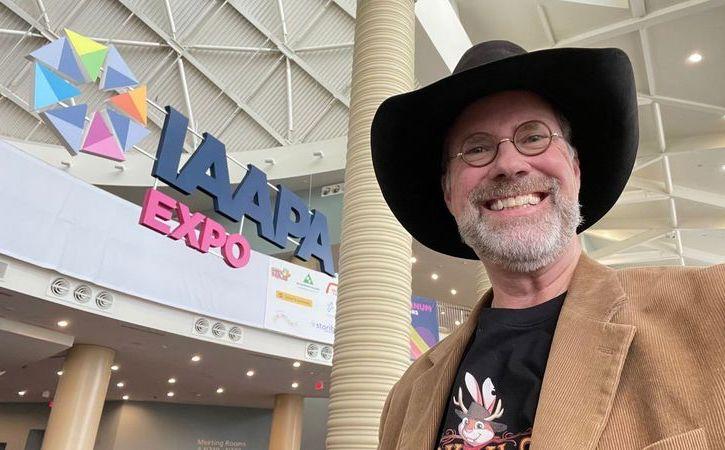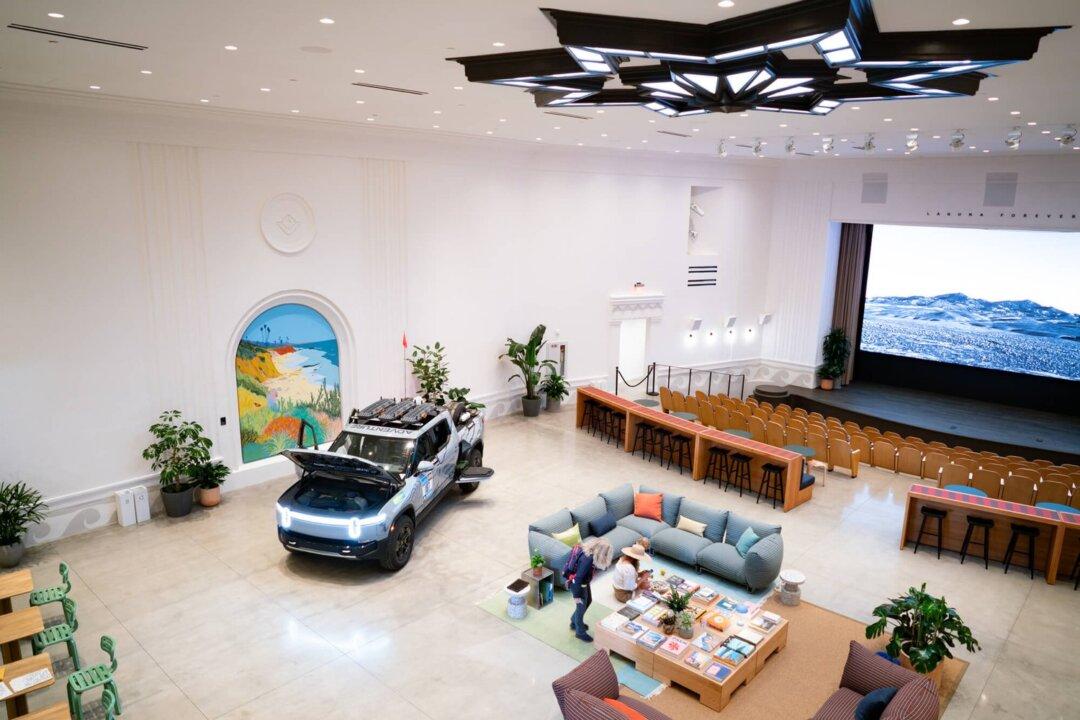A ballot initiative aimed at preserving the environment, heritage, and charm of Laguna Beach, California, is being circulated by Laguna Residents First (LRF), a grassroots political action committee hoping to place the initiative on the 2022 ballot for voter approval.
If the group is successful at collecting the required number of signatures, its Beautiful Laguna Overlay Zoning District initiative will utilize provisions in California state zoning laws to establish an overlay zoning district in the city’s most visible and utilized areas of the city. These would include areas within 750 feet of Laguna Canyon, as well as the Pacific Coast Highway.
The initiative, which would be enabled by the state’s constitution, would allow residents to review any aspect of local legislative decisions, including establishing a limited zoning district. Voters in several Southern California cities, such as Newport Beach, Costa Mesa, and Dana Point, have already established similar provisions.
Some of the conditions outlined in the initiative that would trigger the necessity of voter approval for large-scale development proposals include any development that: would worsen traffic by 200 or more daily trips; doesn’t meet on-site parking requirements or allow all existing grandfathered spaces and other existing exemptions; is over 22,000 square feet of floor space; combines two or more lots to exceed 7,500 square feet of lot area; increased height limit over 36 feet; or if there is another large-scale project in close proximity.
Founders of LRF acknowledge that cities evolve and change with the time, but would like certain considerations to be established that curtail commercial development projects that could potentially forever alter the character of the small beachside community.
“Things do change, but with that change, we want to preserve the value that’s here,” David Raber, LRF principal officer, told The Epoch Times. “We feel that value includes Laguna’s low scale [development].”
Raber says residents are concerned that wealthy developers will purchase large swaths of land and create large-scale developments that previous Laguna Beach landowners avoided.
“Time has been kind to Laguna Beach. That is because, over time, individual property owners made certain decisions about their buildings that took into consideration the overall look and feel in a way that preserved that low-scale feel,” Raber said.
“Laguna is an organic mosaic of how a town changes without the influence of somebody buying up an entire block and making decisions about what that entire block will become. That’s what downtown Disney is about, and that is what LRF is trying to mitigate.”
According to the LRF website, commercial development projects should “be unique and not part of large, monolithic developments; be responsible, so that each project mitigates the impact it has on its neighbors, Laguna residents and visitors.”
If passed, zoning would be established only by a direct vote of city residents, and could only be amended by a direct vote of the residents. The proposed overlay zoning district wouldn’t take the place of or lift any current Laguna Beach zoning regulations.
Rader noted that any project meeting certain criteria would be exempt from any provision in the overlay initiative. These exemptions would include single-family residential projects; residential projects of nine or fewer units; residential units consisting exclusively of affordable to low-income households; public or private K–12 schools, hospitals, or houses of worship; any repair or replacement of existing buildings damaged by fire, flood, wind, earthquake, or other disasters, up to the original size, placement and density; and minor modifications to existing buildings.
By involving voters in a meaningful way in understanding the scale and quality of project proposals, and requiring voter approval on large-scale development projects, LRF hopes these requirements will ultimately help architects and developers account for Laguna Beach’s unique setting in their designs.
Rader used the development of the Montage Laguna Beach as an example of a city council leveraging constituents’ voices.
“Twenty years ago, the city council told the Montage hotel developers to bring them their best deal, but made it clear that the final decision would be made by the residents, that they would have to answer to local voters,” Raber said.
“I think that, more than anything else, had the developers really think long and hard, hire consultants who could see both sides, from the financial standpoint as a resort, but also what would be an asset for the community.
“So that’s all we’re asking, if someone wants to do something big, let’s all take a look at it. Sharpen your pencils, bring it in, and see if it makes sense to everybody.”





